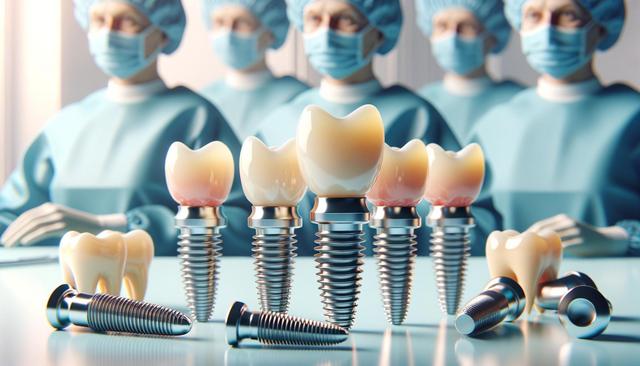Understanding Congenital Adrenal Hyperplasia
Congenital adrenal hyperplasia (CAH) is a group of inherited genetic disorders that affect the adrenal glands, small organs located on top of each kidney. These glands produce essential hormones such as cortisol, aldosterone, and androgens. In individuals with CAH, a deficiency in one of the enzymes needed to make these hormones—most commonly 21-hydroxylase—leads to hormone imbalances. This condition can be identified early in life, especially if symptoms are pronounced. CAH can appear in both males and females, although the symptoms and impacts may differ.
The most common form of CAH leads to an overproduction of androgens, or male sex hormones, even in females. This hormone imbalance can result in a variety of physical symptoms and developmental challenges. Despite its complexities, with proper management, individuals with CAH can live full and healthy lives. Early congenital adrenal hyperplasia diagnosis is crucial for effective management and to minimize complications.
Symptoms and Presentation in Females
Congenital adrenal hyperplasia in females often presents more visibly than in males, particularly in the classic type of the disorder. This is due to the excessive androgen levels that can affect the development of external genitalia. Common symptoms in females may include:
- Ambiguous genitalia at birth
- Excessive body hair (hirsutism)
- Early appearance of pubic hair
- Irregular or absent menstrual periods
- Severe acne
Girls with CAH may also experience rapid growth in childhood but ultimately shorter stature as adults due to early closure of growth plates. In cases where the condition is not diagnosed at birth, these signs may become more apparent during puberty or adolescence. Awareness and early congenital adrenal hyperplasia diagnosis allow for timely intervention, which can help alleviate or prevent many of these complications.
Symptoms and Presentation in Males
Congenital adrenal hyperplasia in males may be more difficult to detect at birth, particularly if the individual has the non-classic form of the condition. Unlike females, there is no visible genital abnormality in newborn boys, which can delay diagnosis. Symptoms in males may include:
- Enlarged penis with normal-sized testes
- Early development of pubic hair
- Accelerated growth and early puberty
- Deepening of the voice at a young age
- Severe acne
In more severe forms, males may also experience a salt-wasting crisis in the first few weeks of life due to aldosterone deficiency. This is a potentially life-threatening condition characterized by dehydration, low blood pressure, and electrolyte imbalances. Prompt congenital adrenal hyperplasia diagnosis through newborn screening programs can help initiate immediate treatment and prevent severe outcomes.
Treatment and Hormone Management
Congenital adrenal hyperplasia treatment typically involves lifelong hormone replacement therapy to correct the deficiencies and reduce excess androgen production. The main goals of treatment are to:
- Replace deficient hormones such as cortisol and aldosterone
- Suppress excess androgen production
- Promote normal growth and development
- Prevent adrenal crises
Medications commonly used include hydrocortisone, fludrocortisone, and sometimes salt supplements in infants with salt-wasting forms. Dosage may need to be adjusted during times of stress, illness, or surgery. Regular follow-up with an endocrinologist is essential to monitor hormone levels, growth, and overall development. In some cases, especially in congenital adrenal hyperplasia in females, surgical correction of genital ambiguity may be considered.
Living with Congenital Adrenal Hyperplasia
Living with CAH requires careful management, but with proper treatment and support, individuals can lead healthy lives. Education and awareness are critical for patients and families to understand the condition and adhere to the treatment regimen. Parents and caregivers should be well-informed about signs of hormone imbalance or adrenal crises and how to respond. Psychological support may also be beneficial, particularly for children and adolescents who may struggle with body image or identity concerns.
Support groups and patient networks can offer valuable resources and shared experiences. Advances in genetic research and treatment options continue to improve outcomes, making it increasingly possible to personalize congenital adrenal hyperplasia treatment plans. Whether it’s congenital adrenal hyperplasia in males or females, early intervention and consistent care remain the cornerstone of effective management.
Conclusion
Congenital adrenal hyperplasia is a complex but manageable condition that requires early and accurate diagnosis, consistent treatment, and supportive care. Recognizing the distinct symptoms in both males and females enables timely intervention that can significantly improve quality of life. Whether you are a parent, caregiver, or individual living with CAH, staying informed and engaged in care decisions is key to managing this lifelong hormonal disorder effectively.




Leave a Reply